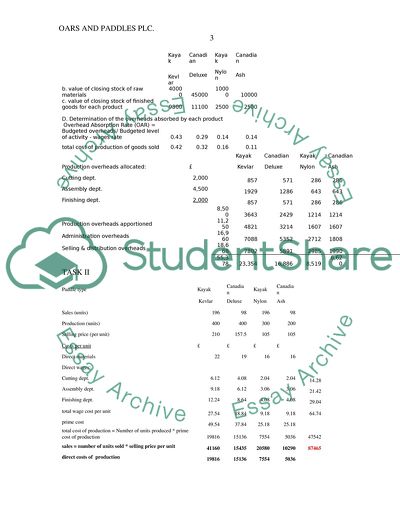Cite this document
(Oars and Paddles Plc. Analysis Assignment Example | Topics and Well Written Essays - 1500 words, n.d.)
Oars and Paddles Plc. Analysis Assignment Example | Topics and Well Written Essays - 1500 words. https://studentshare.org/finance-accounting/1764915-oarsandpaddles-plc
Oars and Paddles Plc. Analysis Assignment Example | Topics and Well Written Essays - 1500 words. https://studentshare.org/finance-accounting/1764915-oarsandpaddles-plc
(Oars and Paddles Plc. Analysis Assignment Example | Topics and Well Written Essays - 1500 Words)
Oars and Paddles Plc. Analysis Assignment Example | Topics and Well Written Essays - 1500 Words. https://studentshare.org/finance-accounting/1764915-oarsandpaddles-plc.
Oars and Paddles Plc. Analysis Assignment Example | Topics and Well Written Essays - 1500 Words. https://studentshare.org/finance-accounting/1764915-oarsandpaddles-plc.
“Oars and Paddles Plc. Analysis Assignment Example | Topics and Well Written Essays - 1500 Words”. https://studentshare.org/finance-accounting/1764915-oarsandpaddles-plc.


